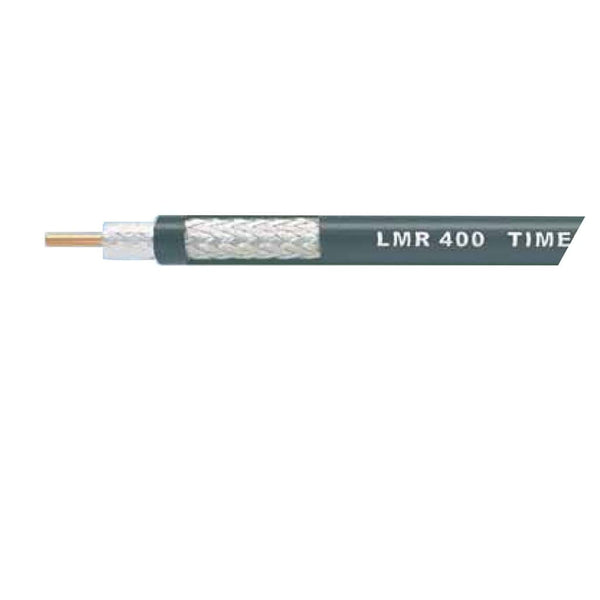I will be setting up a MXT400VP3 Micromobile Bundle with a MXTA25 3dB Gain Antenna and plan on using it as a base unit, mounting the antenna approximately 25 feet up on a Tri-pole TV antenna tower. The first approximately 20 feet of coax will be what was provided by Midland with the MXTA25 3dB Gain Antenna.
I estimate I will need approximately another 20 to 25 feet of coax to run from the provided coax on the tower, into the attic, and then down into the room where the base station will be set up with the 12 Amp power unit I've purchased to operate it with.
What would be the best coax to use with a GMRS Base Station as described above?
Well, first of all, I'd suggest getting a better antenna. That one is going to be a poor performer. And using the RG-58 that probably comes with the mount is going to result in a fair amount of signal lost.
You'd do much better with a dedicated base antenna and run some better cable.
So, you're looking at 40-45 feet of cable.
When you ask for the "best" cable, you need to tell us what your budget is. "Best" can mean a lot of different things to different people. I could easily spec out the "best" cable at $7.00 a foot and $50.00 for each connector, but that's not likely in your budget (or is it???)
For a short run like 45 feet, Times Microwave LMR-400 is pretty good. It's a bit stiff, but not so much that you can't easily run it through your house. It's reasonably priced, too.
Trick is, you need to consider a few other things:
-Grounding. Putting an antenna outside your house requires proper grounding per the National Electric Code.
-LMR-400 is a little stiff and will put a lot of strain on the antenna connector of your radio. Common industry practice is to use a short length of a more flexible cable to make the connection between the main cable run and your radio. That will help prevent damage to the antenna connector on the radio.
You can find dealers that will sell true Times-Microwave LMR400, cut to custom lengths, and pre-install connectors for you. Use that for the entire run of cable and you'll likely get some decent performance out of your system.


